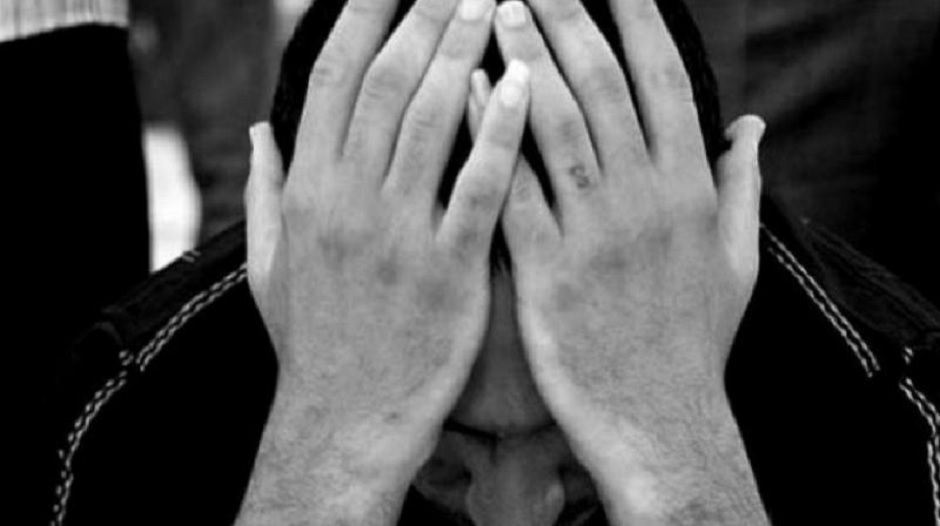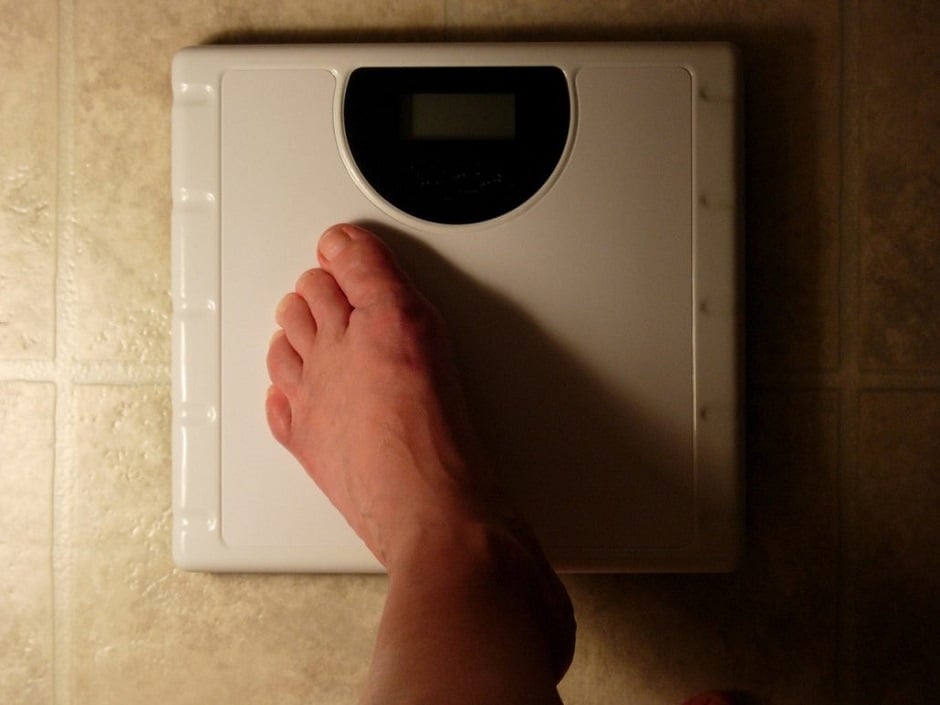
Often the aspirations and apprehensions for the future engulf one in stress and anxiety. The feelings, if not recognised and managed, can distract and overwhelm you. In some case, it can lead to mental health issues.
For the youth of today, the increasing pressure of social media and constant connectivity frequently overpowers the urge to find contentment.
World Mental Health Day: Climate change responsible for depression, anxiety
To stress upon the importance of mental health for young people growing up in a changing world, the World Health Organisation (WHO) chose it as the theme for the annual World Mental Health Day.
According to WHO, “Half of all mental illness begins by the age of 14, but most cases go undetected and untreated”.
On this day, The Express Tribune sheds light on most common mental health disorders experienced by the youth.
Attention-Deficit Hyperactivity Disorder
One of the most common behavioural disorders of childhood yet only recently was the persistence of ADHD symptoms in adult life recognised.
A child with ADHD typically cries more than other babies, is irritable and sleeps less often. Developmental milestones may occur early but they may also be clumsy and have problems with coordination.
 A young girl runs through a sprinkler at a playground. PHOTO: REUTERS
A young girl runs through a sprinkler at a playground. PHOTO: REUTERSAn individual with ADHD often finds it difficult to focus and tends to be impulsive. Adults may have continuing interpersonal problems such as alcohol or drug use. They may also complain of trouble with concentration, disorganisation, impulsivity, mood lability, overactivity, quick temper, and intolerance of stress.
Generalised Anxiety Disorder
A challenge to diagnose, GAD appears differently than assumed. In our world, anxiety is considered ‘too much worrying’ if there are no panic attacks. The constant struggle to contain worrying is usually dismissed and left untreated.
Gaming addiction classified as mental health disorder by WHO
According to DSM-5, the presence of excessive anxiety and worry occurring for more than six months is clearly is a mental health disorder. The worrying, in both adults and children, may easily shift from one topic to another. It is accompanied by restlessness, fatigue, lack of attention, irritability and trouble in sleeping.
 Representational image. PHOTO: AFP
Representational image. PHOTO: AFPIn simple terms, anxiety is excessive worrying without the presence of a specific concern. A person struggling with GAD will spend a large amount of time worrying about something or the other.
The anxiety and its associated symptoms make it difficult to carry out routine activities and responsibilities.
Eating disorder
An eating disorder is defined by abnormal eating habits that negatively affect an individual’s physical and mental health. Research shows biological and environmental factors play a role in eating disorders.
Eating disorders are common among children, teens and women. General symptoms involve self-criticism, negative thoughts and feelings about body weight and food and eating habits that disrupt normal body function and daily life.
The three main sub-categories of eating disorders defined in DSM-V include:
 Representational image for eating disorder. PHOTO: REUTERS
Representational image for eating disorder. PHOTO: REUTERSBinge Eating Disorder: it involves recurring episodes of overeating in a short period of time. The episodes are marked by feelings of lack of control followed by feelings of guilt, embarrassment and disgust.
Self-employment improves mental health: study
Anorexia Nervosa: the disorder primarily affects adolescent girls and young women. It involves having distorted body image perception and excessive dieting leading to severe weight loss. In simple terms, the disorder revolves around a person’s pathological fear of gaining weight.
Bulimia Nervosa: this eating disorder is characterized by frequent episodes of binge eating followed by extreme guilt that leads to unhealthy behaviors such as self-induced vomiting to avoid weight gain.
Obsessive–Compulsive Disorder
Obsessions are recurring thoughts, beliefs, or ideas that dominate an individual’s mental content. These thoughts persist even despite the person’s efforts to resist. These are rituals performed with the aim to neutralize the obsessional thinking.
It is pertinent to note that repeated thoughts can sometimes be compulsions - if their purpose is to reduce the obsessional anxiety. Compulsions can be comparatively simple, such as uttering or thinking a word or phrase of protection against an obsessive thought. But some are almost unbelievably complex. For instance, some elaborate routine rituals, if not performed exactly as specified by intricate rules, must be repeated until the patient gets it right.
The rituals can soak up hours every day. Most obsessions and compulsions usually result in anxiety and dread. These patients are bothered by repeated thoughts or behaviors that appear senseless, even to them.
 A person washing hands. PHOTO: REUTERS
A person washing hands. PHOTO: REUTERSOCD contains a variety of disorders including some that heavily impact youth.
Body-dysmorphic disorder: Physically normal patients believe that parts of their bodies are misshapen or ugly. Excoriation disorder: Largely known as skin-picking disorder, it is the persistence of picking at their skin that they traumatize it. Hoarding disorder: an individual is compelled to hold on and accumulate so many objects, sometimes of no value, that they interfere with routine life. Trichotillomania: Commonly known as hair-pulling disorder, it involves pulling hair from various parts of the body and it is often accompanied by feelings of “tension and release”.
In some cases, obsessions and compulsions are caused by various medical conditions.
Substance or medication-induced obsessive-compulsive and related disorder: Various substances can lead to obsessive-compulsive symptoms that don’t fulfil criteria for any of the above-mentioned disorders.
According to DSM-V, OCD comprises four major symptom patterns. The most common is the fear of contamination that leads to excessive attempts to clean oneself. The second one is ‘doubts’ which leads to a repeated thought about act one has done or not.

















COMMENTS (1)
Comments are moderated and generally will be posted if they are on-topic and not abusive.
For more information, please see our Comments FAQ